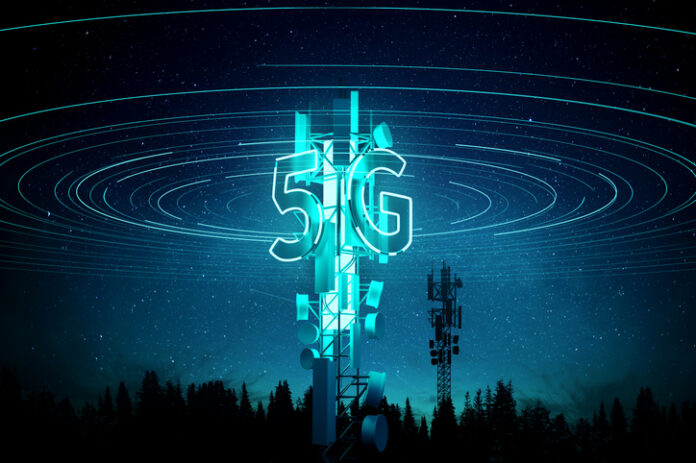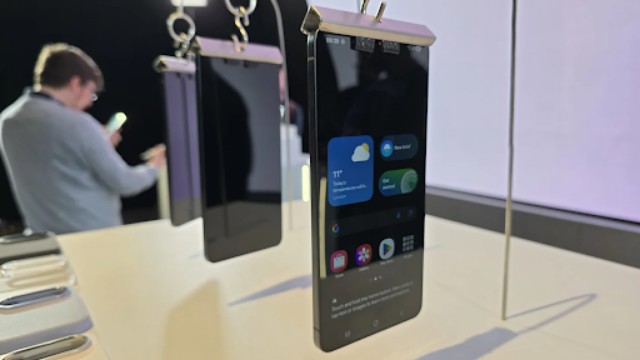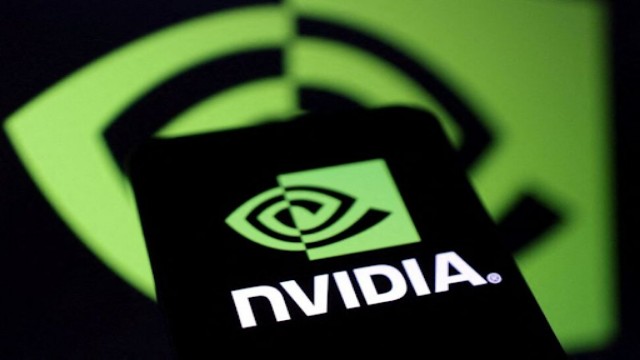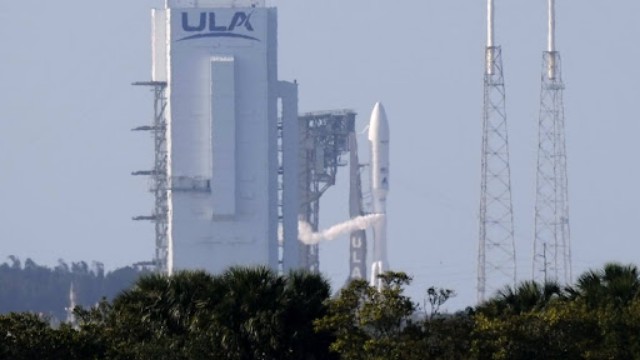
GSMAi's latest report predicts 5G will account for over half of mobile connections by 2029, spurring IoT growth and revolutionizing industries. (Getty Images)
New data from GSMA Intelligence (GSMAi) unveiled at MWC Barcelona 2024 indicates that 5G connections are poised to make up more than half (51%) of mobile connections by 2029.
The report's authors highlight that 5G has been the swiftest rollout of a mobile generation to date, surpassing one billion connections by the close of 2022, climbing to 1.6 billion connections by the end of 2023, and anticipated to reach 5.5 billion by 2030.
As of last month, 261 operators across 101 countries had initiated commercial 5G services, with over 90 operators from 64 markets committed to forthcoming rollouts.
Among the 261 commercial 5G services, 47 are offered on 5G Standalone (SA) networks, with an additional 89 planned deployments in the near term that will leverage network slicing, ultra-reliable low-latency communications support, and the simplified 5G SA network architecture.
Peter Jarich, the head of GSMAi, remarked, "the initial success of 5G was propelled by enhanced mobile broadband (EMBB) and EMBB-related network traffic needs. However, while consumer needs will persist, we are now observing use cases beyond that."
"Opportunities are now emerging in areas like API monetization and 5G RedCap for enterprise IoT – all bolstered by 5G-Advanced and 5G SA networks. 5G SA delivers on 5G's initial promise, especially where slicing, low-latency, and massive IoT capabilities aligned with enterprise service demands can be met. 5G-Advanced will only expand on that further."
A statement from GSMAi points out that the expansion of available 5G Standalone (SA) networks, and enhanced support for private and dedicated networks, will facilitate a vast number of connected devices and contribute to realizing the global IoT vision for the enterprise.
"GSMAi data reveals that the enterprise segment now boasts 10.7 billion IoT connections (compared to 10.5 billion consumer connections) and this momentum is anticipated to persist, with enterprise connections more than doubling to 38.5 billion by 2030, with smart buildings and smart manufacturing accounting for 34% and 16% of total enterprise connections, respectively."
The statement notes that beyond 5G SA, "the availability of 5G-Advanced with 3GPP Release 18 will mark another significant 5G milestone in IoT delivery, serving as the impetus for fresh 5G investments throughout 2024 and into 2025. GSMAi data indicates that over half of operators anticipate commencing 5G-Advanced deployment within a year following the commercial availability of 5G-Advanced solutions, driven by priority use cases such as 5G multicast services and low-cost IoT support."
GSMAi forecasts a fourfold surge in mobile data traffic between now and 2030, with expansions in 5G coverage and capacity playing a pivotal role, underscoring the importance of sustained infrastructure investments. It is anticipated that monthly global mobile data traffic per connection will rise from 12.8 GB in 2023 to 47.9 GB in 2030.
The growing adoption of Generative AI (GenAI) – with 56% of operators currently testing applications – is also expected to fuel this growth, the statement added. This will be driven by applications including the use of GenAI-enabled chatbots for customer service efforts and the continued growth of AI-generated video and music content.
The report's authors anticipate that 5G will "benefit all economic sectors of the global economy, although some industries will benefit more than others due to their ability to incorporate 5G use cases in their business. Over the next seven years, 36% of benefits are expected to originate from the manufacturing sector, 15% from public administration, and 10% from services, driven by applications in smart factories, smart cities, and smart grids."















